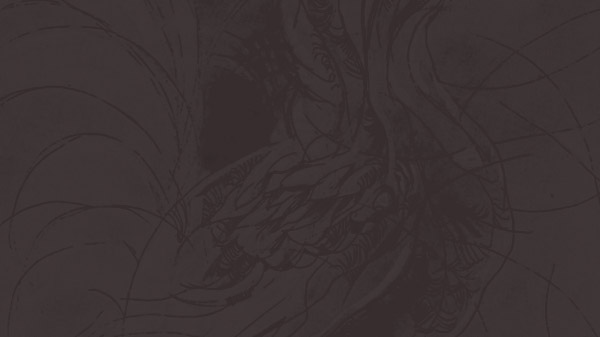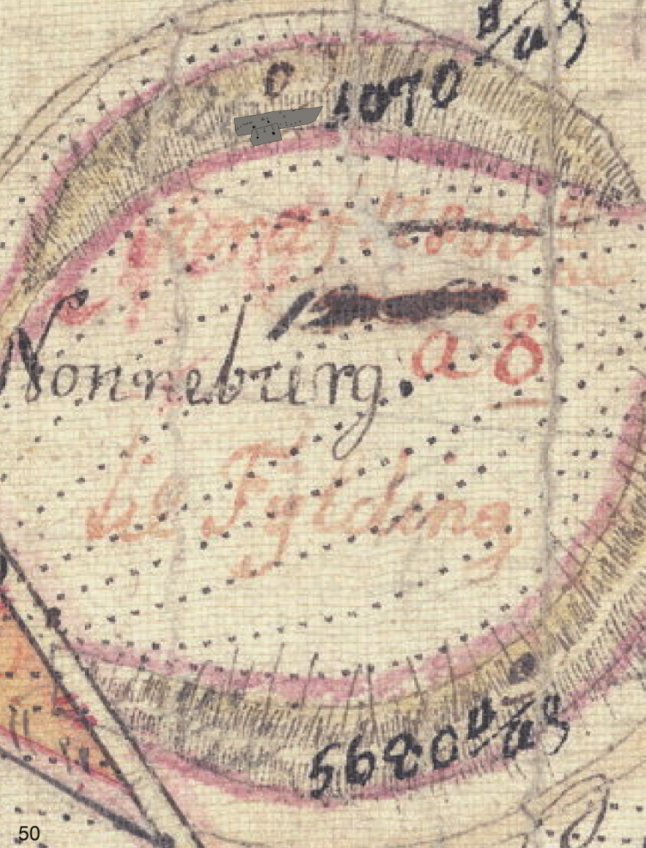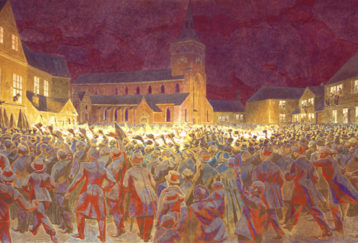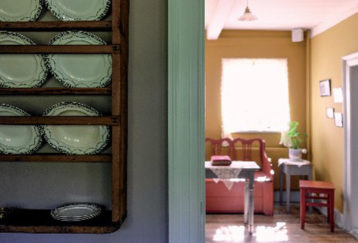
In October 1862 Hans Christian Andersen was staying in the famous hotel, Fonda de los Siete Suelos by the Alhambra near Granada, where he and Jonas Collin had seen the Queen, Isabella II, her Consort and children on the first State Visit to Andalucía. Before leaving, he wanted to see the Alhambra once more, but on walking up there: –
“. . . maatte jeg og mange Fremmede vente en god Stund. Løvegaarden og de to Søstres Sal blev efter Hendes Majestet Dronningens Befaling photographeret af en berømt engelsk Photograph: han var i fuldt Arbejde, Ingen turde indlades, det ville forstyrre. Vi saae fra den aabne Bue derind; hele Zigeunerfamilien, som jeg nylig havde seet komme, var kaldt herop for at danne levende Personer i Billederne . . . Billedet var færdigt i et Nu, som jeg ikke kan give det i Beskrivelse. Maaske seer jeg det igen, men det var tilvisse sidste Gang jeg saae Alhambra.”[1]
This photographer was, beyond all doubt, Charles Clifford, who was Court Photographer to the Queen of Spain.
Charles Clifford photographed in most of the historic and famous places in Spain during the 1850s, specialising in architecture, but also taking art objects. The Queen thought very highly of him and used to give albums of his work to her friends. In the Library of the Alhambra there is a bound volume of photographs with the inscription: –
„Photographs taken on the occasion of the visit of Their Majesties and Their Royal Highnesses to the Provinces of Andalucia and Murcia in September and October 1862 by C. Clifford, photographer to Her Majesty.“[2]
Clifford died in Madrid on 1 January 1863 and was buried in the British Cemetery there. At the time of his death arrangements were in hand for the publication in parts, in London and Paris, of a selection of his Spanish pictures, but the project was not pursued. The Photographic Journal (Library of the Royal Photographic Society, London) on 15 September 1863 referred to unmounted prints by Clifford as being „perfectly marvellous for their intricacy of detail as, for example, the tracery of the door of the Hall of Justice in Granada, the Court of the Casa de Pilatos . . . and some of the details of the principal courts of the Alcazar in Seville.“ The Royal Photographic Society has some of Clifford’s work but not, unfortunately, any prints of the photographs that Andersen saw being taken.
In the National Library in Madrid there are copies of Clifford’s 1862 souvenir photographs, which include some carefully posed gypsies – but his main interest was clearly in the buildings, which are always shown in fine detail. There may be some of Clifford’s work in the Library of the Royal Palace in Madrid, but their photographic collection is apparently not catalogued.
A collection of Clifford’s work is also said to be in the Art Museum in Gothenburg – but here too there is no catalogue of the photographic archives at the present time.
Why Clifford’s work should be in Gothenburg is not clear, but he must surely have known the Swedish artist, Egron Sellif Lundgren, whom Andersen met in Seville with the Scottish painter, John Phillip R. A., whose studio Andersen visited.
London. February 1974.


